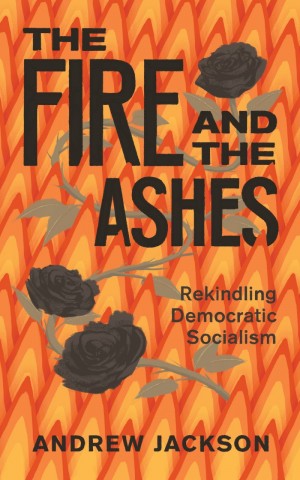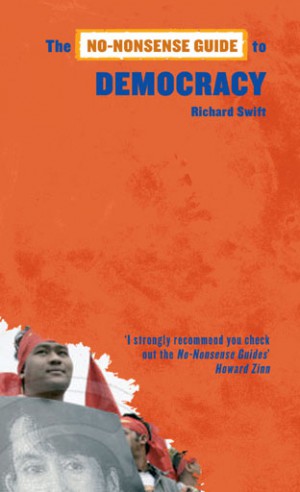
Whose National Security?
Canadian State Surveillance and the Creation of Enemies
Would you believe that RCMP operatives used to spy on Tupperware parties? In the 1950s and ’60s they did. They also monitored high school students, gays and lesbians, trade unionists, left-wing political groups, feminists, consumer’s associations, Black activists, First Nations people, and Quebec sovereigntists.
The establishment of a tenacious Canadian security state came as no accident. On the contrary, the highest levels of government and the police, along with non-governmental interests and institutions, were involved in a concerted campaign. The security state grouped ordinary Canadians into dozens of political stereotypes and labelled them as threats.
Whose National Security? probes the security state’s ideologies and hidden agendas, and sheds light on threats to democracy that persist to the present day. The contributors’ varied approaches open up avenues for reconceptualizing the nature of spying.
Praise
Whose National Security? provides revealing tales and telling analysis of the Canadian surveillance state.
– Ian McKay, Department of History, Queen’s University
Political policing in Canada has long underminded the democratic nature of this country. Lawyers acting in immigration, citizenship, criminal and other cases know that concepts like “national interest,” “disloyalty,” and “security threat” are used as barriers to prevent public scrutiny of official decisions made in secret. This book fills in details of this sordid history, and makes valuable contributions to understanding the problem.
– Robert Kellerman, Barrister and Soliciter, Toronto
Contents
| Preface | |
| Contributors | |
| Part I | Origins of the National (In)Security State |
| Chaper 1 | Observing the Political and Informing on the Personal: State Surveillance Systems in a European Context Dieter K. Buse |
| Chapter 2 | Spymasters, Spies, and Their Subjects: The RCMP and Canadian State Repression, 1914–39 Gregory S. Kealey |
| Part II | Defining a Security Threat: Three Examples |
| Chapter 3 | Private Policing and Surveillance of Catholics: Anti-Communism in the Roman Catholic Archdiocese of Toronto, 1920–60 Paula Maurutto |
| Chapter 4 | The Red Petticoat Brigade: Mine Mill Women’s Auxiliaries and the Threat from Within, 1940s–70s Mercedes Steedman |
| Chapter 5 | Women Worth Watching: Radical Housewives in Cold War Canada Julie Guard |
| Part III | Education under Cover |
| Chapter 6 | Spying 101: The RCMP’s Activities at the University of Saskatchewan, 1920–71 Steve Hewitt |
| Chapter 7 | The Gaze on Clubs, Native Studies, and Teachers at Laurentian University, 1960s–70s Terry Pender |
| Chapter 8 | High-School Confidential: RCMP Surveillance of Secondary School Student Activists Christabelle Sethna |
| Part IV | Redefining a Security Threat: Newer Enemies |
| Chapter 9 | “Government Girls” and “Ottawa Men”: Cold War Management of Gender Relations in the Civil Service Patrizia Gentile |
| Chapter 10 | Constructing Gay Men and Lesbians as National Security Risks, 1950–70 Gary Kinsman |
| Chapter 11 | Making Model Citizens: Gender, Corrupted Democracy, and Immigrant and Refugee Reception Work in Cold War Canada Franca Iacovetta |
| Part V | The Machinery of State in Action: Means and Consequences |
| Chapter 12 | Debilitating Divisions: The Civil Liberties Movement in Early Cold War Canada, 1946–48 Frank K. Clarke |
| Chapter 13 | Interrogating Security: A Personal Memoir of the Cold War Geoffrey S. Smith |
| Chapter 14 | Euphoric Security: The Lie Detector and Popular Culture Geoffrey C. Bunn |
| Part VI | Finding Security in the Archives |
| Chapter 15 | What’s in My File? Reflections of a “Security Threat" Larry Hannant |
| Chapter 16 | Researchers and Canada’s Public Archives: Gaining Access to the Security Collections Kerry Badgley |
| Chapter 17 | The Experiences of a Researcher in the Maze Heidi McDonell |
| Part VII | Old Methods and Recent Trends |
| Chapter 18 | Remembering Federal Police Surveillance in Quebec, 1940s–70s Madeleine Parent |
| Chapter 19 | In Whose Public Interest? The Canadian Union of Postal Workers and National Security Evert Hoogers |
| Chapter 20 | When CSIS Calls: Canadian Arabs, Racism, and the Gulf War Zuhair Kashmeri |
| Part VIII | The Continuing Surveillance State |
| Chapter 21 | APEC Days at UBC: Student Protests and National Security in an Era of Trade Liberalization Karen Pearlston |
| Chapter 22 | How the Centre Holds—National Security as an Ideological Practice Gary Kinsman, with Dieter K. Buse and Mercedes Steedman |
| Index |

_300_478_90.jpg)



